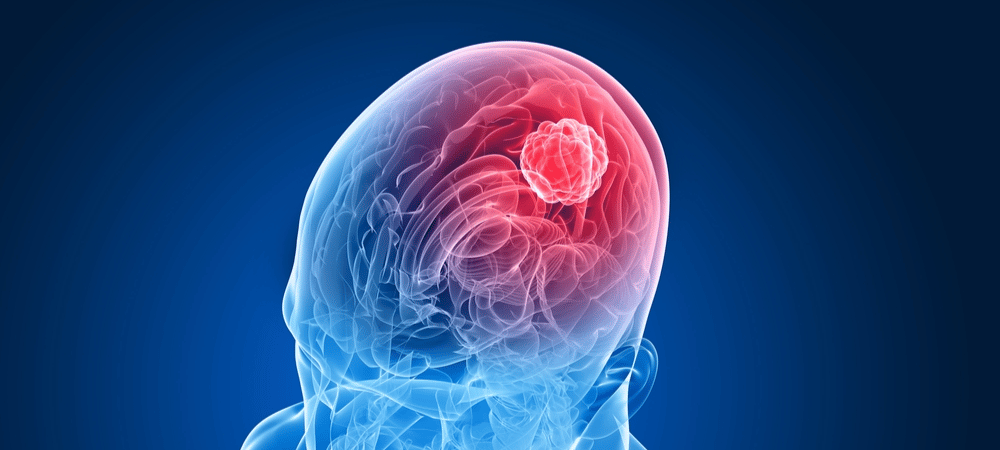
Head and Neck Cancer Treatment in Gurgaon India
What are the Symptoms and Signs of Head and Neck Cancer? How do I know if I have Head and neck Cancer or not?
Head and Neck cancer may present with any one or more of the following symptoms. Sometimes there may be no symptoms, and sometimes other disease conditions may cause similar symptoms.
- Pain in the mouth, cheek, jaw, ear, or neck (relative to the site of disease) that does not go away. Pain while swallowing may indicate oropharyngeal or hypopharyngeal cancer.
- A lump or swelling in the mouth, cheek, jaw, nose, palate, or neck relative to the site of disease or due to the spread of disease to lymph nodes.
- A sore in the throat or mouth that does not respond to treatment.
- Bleeding from the nose that does not improve with treatment.
- A white, red, or discolored patch on the mucosa of the oral cavity.
- A change in the voice.
- Inability in opening the mouth widely.
- A congestion or stuffiness in the nose or the ears.
- Loss of hearing or smell sensations.
- Blurred or altered vision.
- Constant Headache or pain in the eyes.
- Difficulty in chewing or swallowing.
- Unexplained weight loss.
- Prolonged bad breath.
What are the Tests or Investigations to be done to confirm the diagnosis of Head and Neck Cancer?
Endoscopy
Endoscopy is a diagnostic technique which uses an endoscope – a long, flexible, slender tube usually equipped with a camera, a light source, and some special instruments for biopsy or surgery. A variant of the endoscope, like the laryngoscope, bronchoscope, or nasopharyngoscope may be utilized depending upon the specific site involved. These techniques enable the doctors to examine the surface layer of the specific structures and to determine the presence of any cancerous changes. The biopsy samples can also be collected with the help of special instruments if an abnormal area is observed during the procedure.
Biopsy
Biopsy sample(s) from the site involved or the affected lymph nodes are generally collected in case an abnormal area(s) is observed during the endoscopy procedure or during the physical examination indicating swollen lymph nodes. It is very important because the biopsy sample can provide very useful information about the cancer cells such as the type of cancer, the severity of cancerous changes involved (grade of cancer).
Following are common techniques used for collecting the tissue samples from the affected region/lymph nodes:
Fine needle aspiration (FNA) biopsy/cytology
In this technique, a fine, hollow needle attached to a syringe is used to collect the biopsy sample from the affected lymph node in the neck region (most common site of disease spread in case of HNCs). This technique is most commonly used and very easy to perform with minimum side effects. A very small sample of tissue or cells is usually obtained with this technique that can be tested to establish the diagnosis of any cancer. This technique can help in ruling out any infectious cause of lymph node swelling and can be utilized for estimating the extent of disease when HNC has already been diagnosed. This technique can also be utilized to diagnose disease progression or recurrence in patients who have received treatment for HNC.
Incisional/Excisional biopsy
Head and neck cancer doctor in gurgaon: In this technique, the affected site is removed surgically. When only a part of the tumor is removed, it is called an incisional biopsy and when the whole tumor is removed, it is called an excisional biopsy. The magnitude of the procedure depends upon the location of the disease.
Imaging Tests
Computed tomography (CT) scan
In this technique, detailed cross-sectional images of body organs are generated using x-rays, with or without a contrast medium. It can help diagnose the spread of disease to nearby/distant lymph nodes and other organs. This is very helpful for planning the treatment in case radiation therapy is indicated for the treatment. This technique can sometimes be used to guide a biopsy needle to collect biopsy samples from the affected site or lymph nodes.
Magnetic resonance imaging (MRI) scan
Head and neck cancer treament in gurgaon: This technique provides detailed images of soft tissues in the body using radio waves, strong magnetic field, and gadolinium – the contrast material, which is used via intravenous injection to improve the clarity of the MRI images. Similar to CT, this technique can accurately diagnose the size, location, extent of invasion, and spread of disease to distant body parts, especially soft tissues like the muscles, eyeballs, blood vessels, brain, and spinal cord. This technique is better than CT for the examination of soft tissues in the head and neck region, but inferior to CT for examining the bones. Additionally, similar to CT, this technique can be used in planning radiation treatment for HNCs.
Positron emission tomography (PET) scan
This technique uses a radioactive substance (fluorodeoxyglucose [FDG], etc) that is given via intravenous injection prior to the procedure. Cancer cells absorb larger amounts of the radioactive substance than normal cells. The areas of higher radioactivity indicate cancerous tissue on the PET scan. Thus, this technique can diagnose unsuspected spread of disease to distant body parts. It is usually combined with CT scan (PET/CT).
Blood Tests
Certain blood tests may also be employed in the HNC patients for the estimation of overall health, nutritional status, liver and kidney functions, and blood cells counts. These tests help in assessing whether the standard treatment like surgery, chemotherapy, or radiotherapy can be safely employed for the patient.
What is the Role of Immunotherapy in Head and Neck Cancer Treatment?
Following two immunotherapeutic drugs are currently approved for the treatment of advanced-stage or recurrent HNC:
Nivolumab
It is recommended for the treatment of patients with advanced-stage (metastatic) or recurrent HNC that have progressed on or after platinum-based chemotherapy.
Pembrolizumab
It is recommended for the treatment of patients with advanced or recurrent non-nasopharyngeal HNC that has progressed on or after a platinum-based chemotherapy; and advanced or recurrent nasopharyngeal HNC that express >/=1% of PD-L1 surface protein. It was found to be effective against both HPV-positive and negative disease. Immunotherapy has resulted into a significant improvement in survival but the benefits were not observed in all patients. Researchers are also testing immunotherapy in combination with other modalities for the treatment of advanced-stage HNC.
What is the Role of Targeted Therapy for Head and Neck Cancer Treatment?
Cetuximab
Head and neck cancer surgeon in gurgaon: It is an inhibitor of epidermal growth factor receptor (EGFR), a protein that has been observed to be overexpressed in more than 90% of the cases of HNC. EGFR has been reported to regulate the growth and proliferation of cancer cells. Thus, cetuximab helps in inhibiting the EGFR driven growth of cancer cells. Along with concurrent radiotherapy, cetuximab has been approved for the treatment of newly diagnosed advanced (stage III to IV) HNC (preferable for oropharynx, hypopharynx, and larynx and can be employed for other sites). Single-agent cetuximab treatment can be employed both as first-line or second-line therapy for patients with advanced-stage (metastatic) or recurrent HNC except the nasopharyngeal cancer. Cetuximab has also been approved in combination with platinum-based chemotherapy as first-line and subsequent-line therapy for patients with advanced-stage or recurrent HNC. Side effects of cetuximab include an acne-like rash that generally itches, fatigue, headache, fever, nausea, vomiting, diarrhea, weight loss.
Nimotuzumab
It is another EGFR inhibitor that is approved for the treatment of advanced-stage HNC in various countries including India, Argentina, Colombia, Ukraine, Peru, and Sri Lanka. It is also approved in China for the treatment of advanced-stage nasopharyngeal cancer. However, it has not received US FDA approval yet. Nimotuzumab is recommended for the treatment of patients with advanced-stage HNC as an add-on therapy to standard chemo-radiation therapy regimen. The safety profile of nimotuzumab is favorable with significantly less severe associated side-effects compared to that of cetuximab. Side-effects associated with nimotuzumab include chills, fever, nausea, vomiting, mucositis, hyperpigmentation, and pruritus.
Afatinib
It is a multi-functional kinase inhibitor targeting several tyrosine kinases, the intracellular enzymes that trigger the growth and proliferation of cells. It is recommended as a second-line therapy for patients with non-nasopharyngeal HNC that has progressed on or after platinum-containing chemotherapy. Adverse events associated with the treatment of afatinib may include skin rash, diarrhea, mouth sores, and fatigue.


